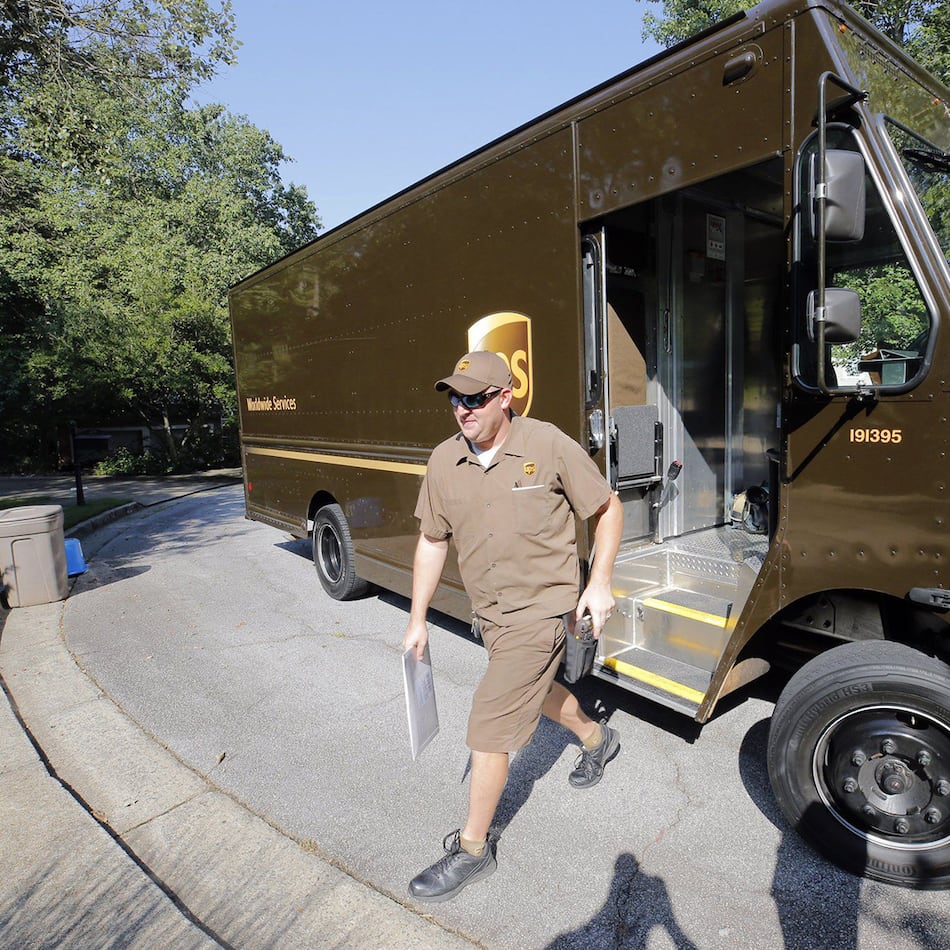One in four high school students are drinking five or more drinks at a time or binge drinking, according to the 2009 Behavioral Risk Factor Surveillance System cited by the Centers for Disease Control and Prevention. Complicating high-risk teenage binge drinking has been the prevalence of high-alcohol, caffeine-laden energy drinks, and adults who remain silent.
Youth refer to these alcoholic energy drinks as “blackout in a can.” Drinking one 23.5-ounce can of a 12 percent alcohol energy drink is the equivalent of drinking a six-pack of light beer. A 120-pound female who drinks such a can inside of 60 minutes can have a blood-alcohol reading of .23. A .30 reading can be lethal and .35 level can put someone in a coma and is the equivalent of surgical anesthesia.
Last week the Food and Drug Administration concluded its yearlong investigation of alcoholic energy drinks in the midst of highly publicized stories where numerous university students needed emergency medical attention after consuming such products. Having pronounced caffeine and other stimulants in these products as “an unsafe food additive,” the FDA report is not good news for the manufacturers.
But the FDA alone cannot make all the changes we need. The alcoholic beverage industry knows that energy drinks, and the mixture of alcohol with stimulants, are popular with youth. What do other adults know about mixing energy drinks and alcohol and teenage binge drinking? Not enough.
In a study conducted for the CDC, 33 percent of teens reported binge drinking in the past 30 days, and only 3 percent of parents reported their teen binge drinking in the past 30 days. Generally, parents are unaware or unwilling to acknowledge this dangerous drinking behavior. A recent study at the University of Maryland’s School of Public Health found “college students who routinely consume highly caffeinated energy drinks are at a significantly higher risk for becoming alcohol-dependent.”
In the face of current evidence and recent reporting, it would seem that parents and adults who care about young people would be vocal in calling for change in any alcohol-related product, marketing or behavior deemed dangerous to youth. But that is not the case.
Many adults still believe that drinking is a rite of passage and a normal part of growing up. They believe that youth are just experimenting. Some believe that providing the place for teens to drink will actually help keep them safe. Some adults don’t seem to understand that binge drinking is the way many young people drink these days, and that all alcohol products are not created equally.
This laissez-faire attitude may contribute to slow action by government agencies such as the FDA and others, and our young people are paying for it. Some adult attitudes and inaction have been identified as contributing to the fact that alcohol causes youth more harm than all illegal drugs, combined. Despite the fact that about half of the 79,000 alcohol-related deaths per year are tied to binge drinking, the public doesn’t see this behavior as a major public health concern.
Locally, the Cobb Alcohol Taskforce is helping Cobb County to make real progress in underage and youth binge drinking trends. According to results from the 2008 and 2009 Georgia Student Health Survey, Cobb County School District students in sixth, eighth and 12th grades reported decreases in their past 30-day use of alcohol and binge drinking.
We need not throw our hands in the air. Action by more adults is part of the solution and will help us realize measurable change for the better.
Cathy Wendholt-McDade is board vice chair of the Cobb Alcohol Taskforce.
About the Author
Keep Reading
The Latest
Featured

